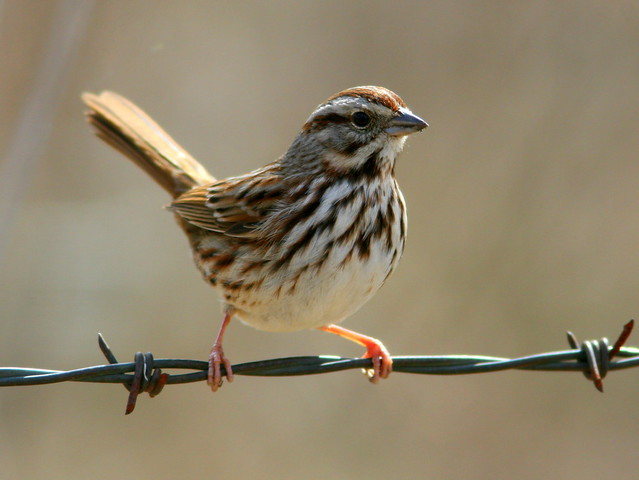

Mating occurs mostly in the spring months. The Brown-headed Cowbirds have widened their range of habitat due to the decrease in forested land area caused by European colonization and massive land clearing for agriculture (Bent, Arthur).īrown-headed Cowbirds are short-distance migrating birds that try to stay close to their mating areas (King, Andrew). Today these birds can be found from coast-to-coast in North America. The Brown-headed Cowbirds originated on the great plains of the United States (Molothrus Ater). They make some of the highest sound frequencies of any bird species (Brown-Headed).īrown-headed Cowbirds are mostly seen and heard around herds of cattle that are grazing in pastures and stockyards (Pooler, Harriet). The Brown-headed Cowbird is not much of a songbird although the females have a quiet chatter noise and males whistle usually after taking off for flight. The Brown-headed Cowbird is very similar to other cowbirds, although the brown-head on the male separates it from other species. The juvenile Brown-headed Cowbird resembles more of the adult female Brown-headed Cowbird, but it is more of a brown color than the adult female. These birds have thick black bills that resemble the bills of finches (Brown-Headed). The male birds are a glossy black coloring with a brown head, and the females are a brown and gray mixed color (Cagan, Joanna). The males and females of this species differ in appearance. The Brown-headed Cowbird ( Molothrus ater ) is a black colored bird that is about six to eight inches in height.

Content for this page researched and created by Matthew Kasanicky


 0 kommentar(er)
0 kommentar(er)
